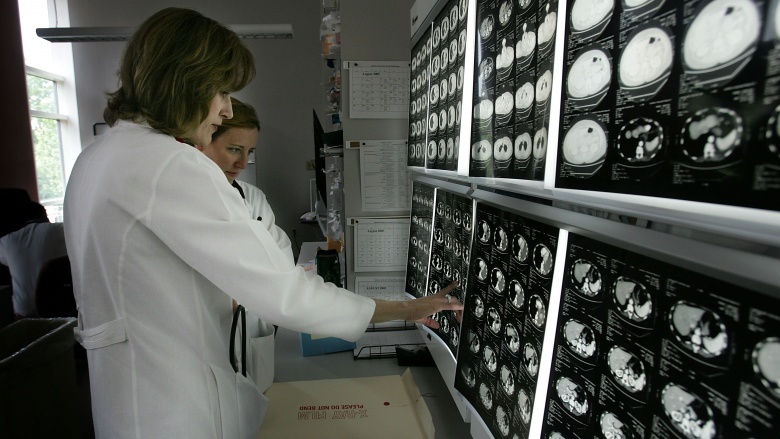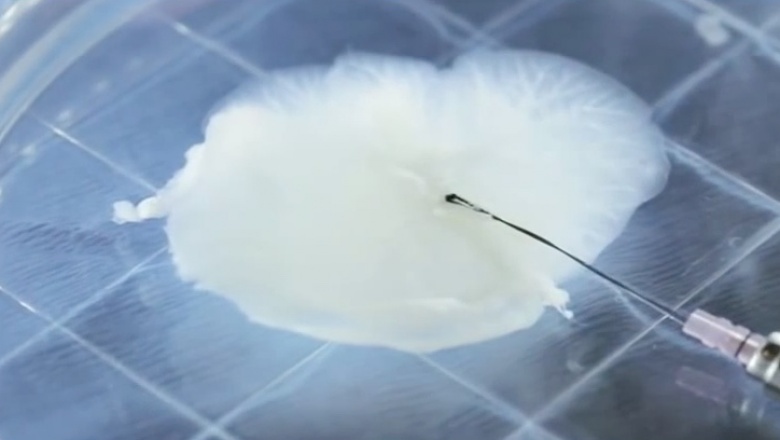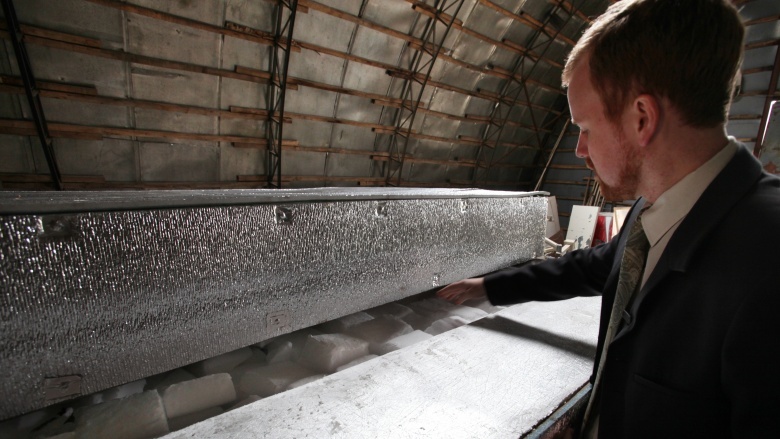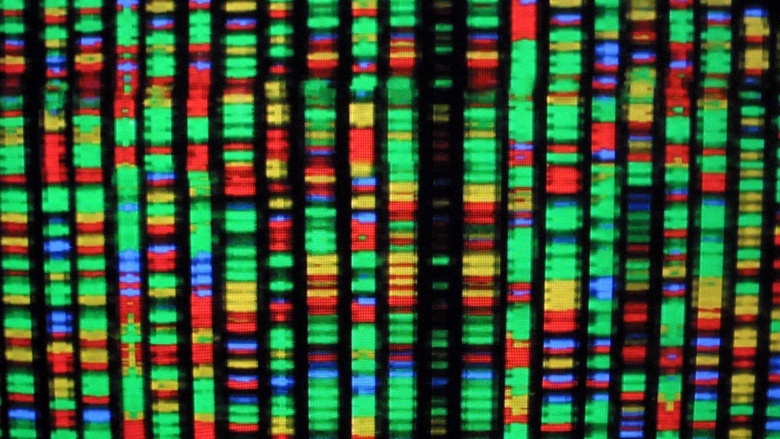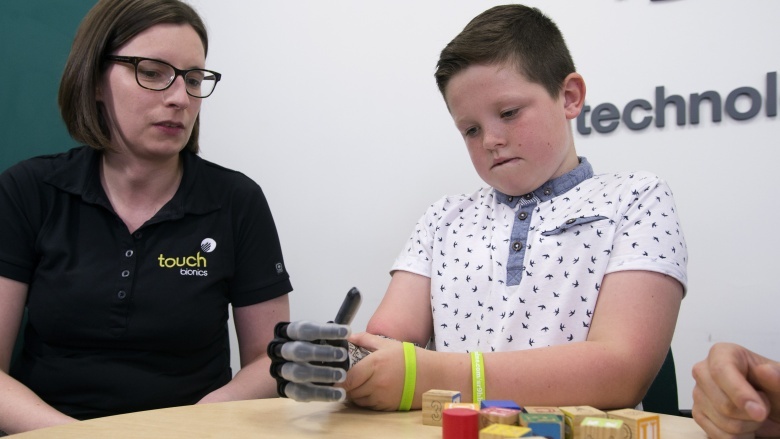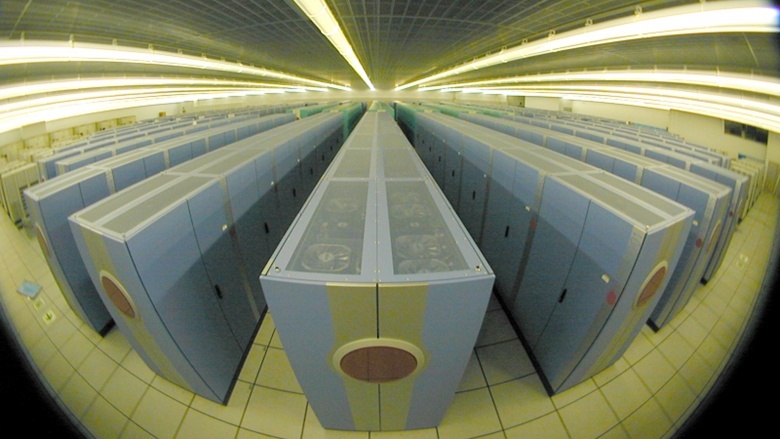Ways Science Plans On Making You Immortal
Living a long, healthy life used to require vitamins, a healthy diet, and exercise. Luckily, science realized all that junk takes up a lot of time, and it's incredibly boring. Instead, some really, really smart people have taken all that hard work out of the equation with nifty gadgets and procedures coming to a near-future near you. And not only do they provide longer lives, they'll help a person live forever.
Living long enough to take advantage of coming tech
As of this writing, most of the technology that'll allow people to live as long as they want hasn't been perfected. So at this point, the only way to potentially live forever is clearing a somewhat easier hurdle: living long enough to see all that fancy tech roll off the assembly line. Doing so requires the most comprehensive physical ever created, and places like the Grossman Wellness Center provide such services. Featured in Morgan Spurlock: Inside Man, the Grossman Wellness Center determines a person's biological age against chronological age, checks cell-membrane health, and tests genomics, meaning they can predict every possible illness to which a person is genetically predisposed. After that, they'll put you on a wellness plan, what they call a longevity program, to reverse and prevent those maladies. In addition, they also store stem cells, should you need some spare parts in the future. And while we're on that subject...
Printing spare parts
Just like with cars, furniture, and that one copier at work, the parts of a person's body will eventually stop working. And just like with cars, furniture, and uncooperative office appliances, soon people will be able to shop for spare parts. Established in 2004, the Wake Forest Institute for Regenerative Medicine has already figured out how to do this. Using stem cells, like the ones the Grossman Center stores, WFIRM can grow up to 30 different body parts, as of this writing. With a 3-D printer, these scientists can grow ears, noses, kidneys, and they were once able to print a two-chamber mouse heart that actually beat, according to Spurlock's documentary. And yes, some of these parts have been successfully transplanted into humans, according to WFIRM's website. So if your ticker's ever about to give out, they'll print you a new one.
Cryonics
A mainstay of sci-fi for decades now, cryonics has long been held up as the gold standard for prolonging life since the 1960s, when psychology professor James Bedford had himself turned into the world's first scientifically preserved Popsicle. A service provided by companies such as Alcor Life Extension Foundation, cryonics allows a person with a terminal condition to wait for science to catch up with his or her illness, by way of suspended animation. So once science has a cure for cancer, which Bedford had, sufferers can get thawed out and cured of that affliction. Numerous men and women with deep-enough wallets have already had themselves chilled out, hoping they'll live as long as they want.
Stopping aging
One of the things that kills humans is the simple fact that we get older, and science is already working on how to stop that. According to Sciencealert in 2015, scientists at Northwestern University discovered that animals begin falling apart once they reach "reproductive maturity." Essentially, a genetic switch is flipped, because now that animal's line is more likely to live on through reproduction...and researchers have found a way to un-flip that switch. What's more, they've already done so in some worms. The worms don't automatically become younger again, but it does mean that they can better withstand the wear and tear of life. So while the key to immortality hasn't been found just yet, it does mean that, at the very least, people will be able to live longer, more productive lives.
Hacking your DNA
In the future, diseases that are very much a part of you, locked within your DNA, will no longer be a problem either. San Francisco startup Cambrian Genomics has figured out how to solve that problem. Company founder Austen Heinz and his team figured out how to laserprint DNA so that, in Heinz's words, people can "take out what's existing, and put in what [they] want." So for example, say you have a mutation that makes you predisposed to Tay-Sachs disease, like Spurlock discovered when he visited them. Cambrian can print out a new, error-free DNA sequence, which lasts a million years. Now technology just needs to reach the point where these perfect sequences can be implanted in our bodies. But for now, there's always...
Nanotech cellular repair
For those who don't know, nanotech is basically molecule- or even atomic-sized robots, to put it as simply as possible. The concept is relatively recent by a couple of decades, and new applications for this technology are discovered almost every day. But its relevance to immortality involves uses in medical science. With these miniscule robots, scientists and doctors believe they can augment our immune systems and cure diseases like AIDS and various forms of cancer. In fact, according to Reuters, in 2009, scientists at MIT were able to kill ovarian cancer cells in mice, effectively curing them of the disease. And that's just a start. Futurist Ray Kurzweil believes that by 2030 we'll all have nanotech in our brains, connecting us to the cloud, allowing us to not only send pics and emails with our noggins, but back up our thoughts and memories as well, according to Huffington Post.
Cybernetics
With all the fancy tech planned for the future, it's important to remember the tried and true methods of longevity: cybernetics! Most don't realize the first real-life cyborg was Arne Larsson, who received his first pacemaker in the 1950s, and would outlive the doctor who implanted it, according to Forbes. Since then, the field has improved significantly. By 2002, scientists developed electronic brain implants to help people with Parkinson's disease. Researchers continue developing bright, shiny replacement parts for our bodies that make the originals look like junk. According to Discovery News, scientists will be able to create completely artificial bodies by 2025, artificial brains by 2030, and be able to transfer a person's consciousness into those brains and bodies by 2035. And that's just to start...
Mind Uploading
Also known as whole brain emulation, mind uploading is the method of choice for the hippest immortality-seeking futurists. Instead of just backing up your brain in the cloud, you become a part of the cloud and basically live on as a computer program forever. A digital or holographic avatar could theoretically be created to enable interaction with the physical world, and with other archived craniums. Of course, a couple things need to happen first, like the creation of a supercomputer able to function as fast as a human brain. But that day's not too far off. Ray Kurzweil, head of Google's Brain project, believes all of this will happen by 2045, and people like him and Russian entrepreneur Dmitry Itskov have invested lots of time and money to make sure it does. So the good news is immortality may be achieved in our lifetimes. The downside...there'll be no escape from the nagging of elderly family members.

